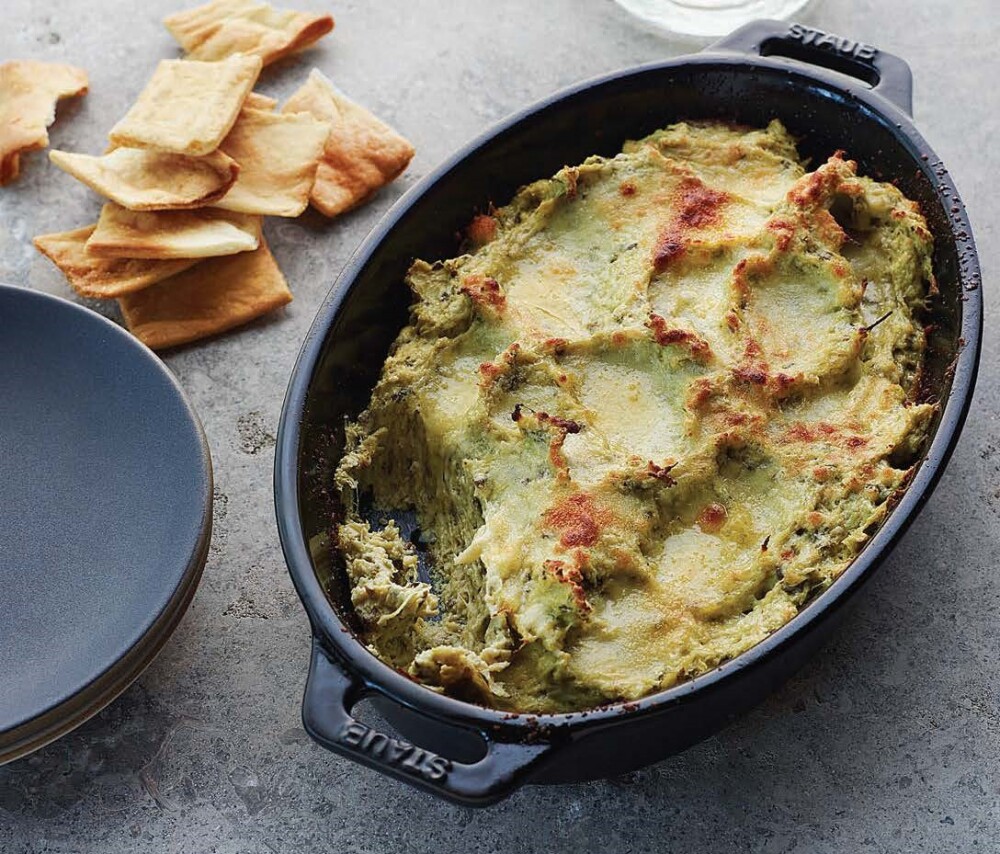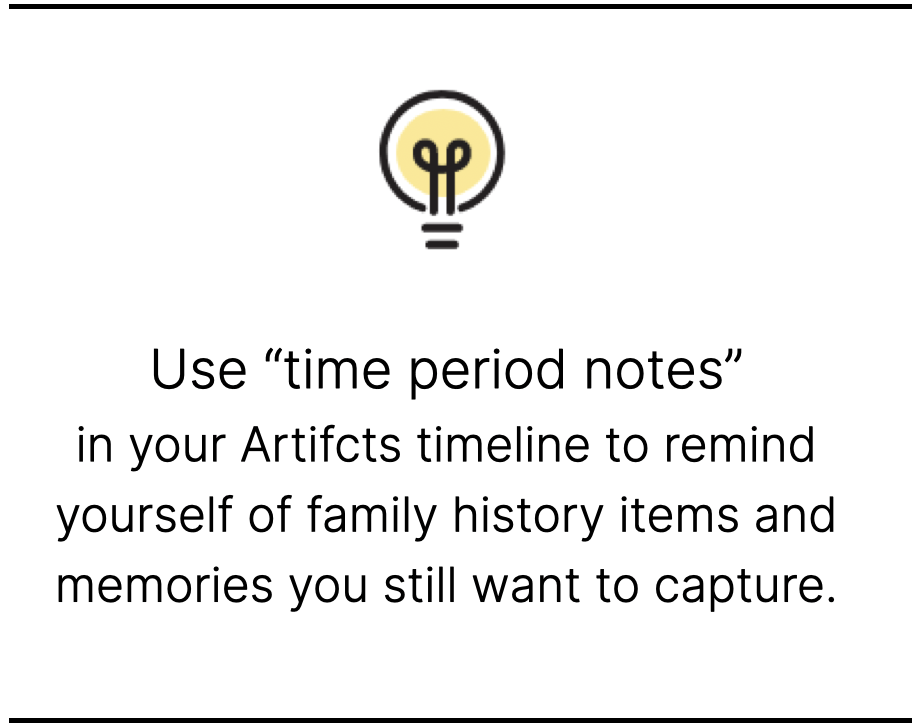Reading time: 3 minutes
"Getting old is not for sissies." I hear my grandmother declare in my head each time a new ache, pain, or grey hair enters my life. As I get older, one thing is for certain – she isn't wrong.
Aging can sometimes feel like an uphill battle, a journey sprinkled with surprises that our younger selves never saw coming. For many of us as we navigate the intricacies of aging, we realize that perception is in fact our greatest companion. What might appear as a daunting uphill battle can, with a subtle shift in perspective, transform into a scenic journey filled with unexpected beauty. As we gracefully age, embracing this positive perspective becomes paramount. Perception, after all, is the brush that paints our reality, and in embracing this notion, we uncover the beauty woven into the tapestry of time.
Each grey hair tells a story, and every wrinkle hints of experiences lived. Embracing positive aging is not about denying the challenges but rather about understanding that the lens we choose colors our narrative. Research tells us that cultivating a positive outlook can profoundly impact our physical health and overall well-being. Positive perspectives allow for more agency in our lives through choice and provides a sense of calm in chaos. Additionally, positive psychology encourages us not only to reflect on our experiences but to actively preserve and share them.
Consider creating concrete time in your week dedicated to revisiting old photographs, penning down cherished moments, or engaging in heartfelt conversations with loved ones. The wisdom gathered over the years becomes a treasure trove, and the echoes of laughter and shared moments resonate with a profound richness. These artifacts become a testament to a life enriched by the tapestry of memories woven through the years.
Mindfulness is also a profound ally in navigating the journey of aging. It invites us to savor the present, to be fully engaged in each moment. Perhaps it's the subtle beauty of a sunrise, the pages of a well-loved book, or the emotional time travel of a making a familiar recipe. By incorporating mindfulness into our daily lives, we can shift our lens to find tranquility and a renewed appreciation for the nuances that make each day unique. Finding mental and emotional space to focus on one small, but mighty, moment can be the small shift needed to help reframe an instance of difficulties.
It's easy to get caught up in the societal narrative that aging is synonymous with decline. However, as we adopt a lens of positivity and gratitude, we uncover a new chapter where the passage of time becomes a source of empowerment. The wrinkles become lines drawn by the hand of resilience, and each ache carries the weight of lessons learned. In these early days of 2024, I challenge all of you to take inventory of your perceptions, be mindful of the moments around you, and decide where you would like your story to go.
The journey is not without its challenges, but it is within those challenges that we discover the true essence of positive aging. It's an art, a dance, a shift in perception. In this grand spectacle of life, let's appreciate the hues that time adds to our canvas. Aging gracefully is not about avoiding the uphill climbs but about conquering the hills with a spirit that grows stronger with each step. Welcome to the show, where getting older is an opportunity to fully embrace the treasure trove of lived wisdom and echoes of laughter gathered and share in the beauty woven into the fabric of time.
###
ABOUT DR. DARYL APPLETON
Dr. Daryl Appleton is the innovative and modern-day doyenne of wellness who is aggressively reshaping corporate, academic, and individual visions of wellness. Her consulting firm holds an exclusive clientele of global brands, top surgical residency programs, Fortune 500 executives, thought leaders & specialists, and professional athletes from across the globe looking to elevate their plans for success and fight burnout/mental fatigue.
Dr. Appleton challenges leaders, audiences, and organizations to redefine their values and views of success. In her unique approach, her firm utilizes neuropsychological techniques, communication strategies, and reprioritization of work-life S.W.A.Y. (Seeking What Aligns You) to help all clients meet goals and amend unproductive behaviors.
Dr. Daryl Appleton holds an Ed.D. in Leadership, a M.Ed. in Counseling, a C.A.G.S. in Mental Health, and an LMHC in the state of Rhode Island.
Get to know Dr. Appleton via her podcast, Feelings & Other F Words, which was voted one of Vogue’s Top 10 Mental Health Podcasts.
© 2024 Artifcts, Inc. All Rights Reserved.
















 Family history, Artifcted!
Family history, Artifcted!







